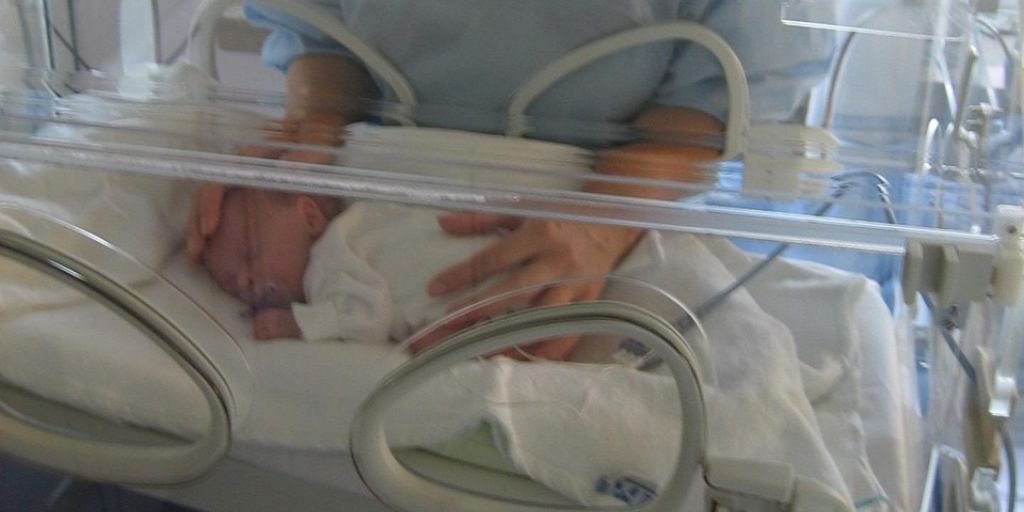
Newborn care environments in hospitals often operate under intense conditions. From the sounds of machines to the constant presence of staff and essential medical procedures, the setting can feel far from soothing. For babies, especially those requiring neonatal intensive care, the sensory overload in these spaces can present challenges to sleep, recovery, and overall wellbeing. Many facilities are now looking at how small changes to the environment can contribute to a more calming atmosphere and support both developmental care and medical outcomes.
Why Managing Sound Matters in Neonatal Units
Noise in clinical areas comes from many sources: alarms, staff conversations, medical equipment, and frequent door activity. For adults, these sounds are background noise. For infants, especially those born prematurely, they can be overwhelming. Newborns have developing nervous systems that are sensitive to loud or sudden sounds. Repeated exposure to a noisy setting may affect sleep and lead to unsettled behaviour, which can interfere with recovery.
Sound management has become a growing focus for neonatal care units. Reducing unnecessary environmental noise, adjusting procedures to limit disruptions, and introducing background sound are now being used together to create a better care environment.
Introducing a controlled layer of gentle background sound can provide comfort and improve rest. Many hospitals are now incorporating a white noise machine into newborn care spaces. These machines create a steady audio backdrop that helps mask the more jarring noises common in hospital settings. The idea is not to eliminate all sound, but to introduce consistency and calm where it matters most.
This approach softens the sudden spikes in volume that typically disturb babies. Instead of waking to a dropped object or an alarm, babies hear a continuous sound that allows their bodies to remain relaxed.
Sound Solutions for Clinical Environments
The technology used for sound management in neonatal units can range from basic to highly advanced. Some use simple white noise or heartbeat sounds, while others offer adjustable audio profiles designed to suit different times of day or care needs.
For these tools to be effective, they need to integrate seamlessly into hospital routines. Machines must meet safety and hygiene standards and be easy for staff to operate and maintain. The chosen sound profiles should match newborns’ unique needs, offering comfort without interfering with critical care tasks.
Creating a womb-like auditory experience can help babies fall asleep more quickly and stay asleep longer. Repeated exposure to consistent background sounds may also support more stable breathing and heart rate patterns, especially when combined with other care strategies.
While some units install centralised systems, others opt for portable devices that can be moved between cots. In either case, success depends on thoughtful placement and ongoing monitoring. Devices should be set to an appropriate volume, positioned safely away from the cot, and turned off during direct interaction with the baby if needed.
Planning for Implementation
Setting up a sound management system requires more than simply purchasing a device. The first step is to assess the existing environment. Identifying peak noise periods and sources helps tailor solutions to each setting. Involving frontline staff in this stage ensures that any new equipment fits within their workflow.
Once the equipment is selected, a pilot test can help determine effectiveness. Measuring the impact on infant sleep quality, staff comfort, and family experience can guide adjustments. Creating an open feedback loop allows all users to share what works and what doesn’t.
Parental involvement can offer further insight. Families who spend long hours in neonatal units notice things that may escape clinical focus. Their feedback can be especially valuable when assessing how calm and soothing a space feels.
Choosing the Right Equipment
Selecting sound management tools for hospital use involves more than just browsing product features. Equipment must meet electrical safety standards, be easy to clean, and withstand continuous use. Procurement teams often compare sound quality, durability, user control, and support options before making decisions.
Cost matters too, but so does long-term value. Devices that require fewer replacements and minimal maintenance provide better return over time. Access to technical support or replacement parts also matters in a medical setting where equipment must always be ready for use.
Hospitals may choose different models for different care areas. For example, higher-level NICUs may use more specialised equipment, while transitional care units can benefit from simpler machines with fewer settings. In each case, the focus remains on safety, reliability, and clinical effectiveness.
Practical Considerations for Long-Term Use
Once in place, sound management systems must be integrated into care routines. Staff should receive training on how and when to use the devices, how to monitor their effect, and when to pause or adjust them. Information for parents can also help with understanding how the sounds support their baby’s care.
Devices need to be checked regularly. Volume settings should be reviewed daily to ensure they remain appropriate. If a baby seems unsettled or overstimulated, the sound source should be reassessed. These small habits make a big difference in long-term effectiveness.
Monitoring progress through daily logs or shift reports helps identify patterns. For example, if babies sleep more soundly during certain periods, teams can look at what was happening in the room at that time. This supports better scheduling and care planning.
Creating a Supportive Atmosphere for Families
A quieter, calmer environment benefits more than just the babies. Families often feel more at ease when the space feels less clinical and more focused on comfort. Reducing noise and creating predictable routines encourages parents to relax and engage more confidently with their baby.
Sound management also helps staff. When noise levels are better controlled, communication improves, concentration increases, and stress levels decrease. These changes create a better environment for caregiving and teamwork.
Involving parents in sound-related decisions, such as choosing suitable volume levels or explaining the function of a white noise machine, helps foster cooperation. When everyone involved understands the purpose of a change, its impact tends to be stronger and more sustainable.
Sound as Part of Holistic Neonatal Care
Sound is just one part of the wider care environment, but its impact is measurable. A stable, well-managed audio setting can work alongside light control, temperature regulation, and parental presence to support better outcomes.
Care environments that support the sensory needs of newborns create a better experience for everyone involved. Thoughtful use of background sound contributes to this goal. It’s a step toward more supportive and responsive neonatal care, where every detail plays a part in recovery and development.











